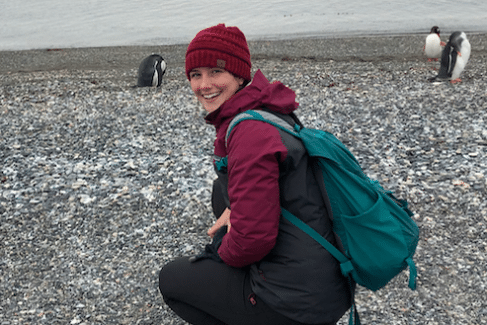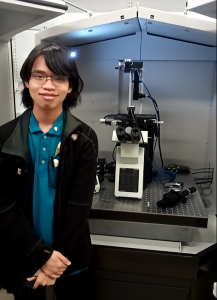
Six Northern Arizona University students received awards from the Graduate Research Fellowship Program (GRFP), a National Science Foundation program that funds graduate work in STEM disciplines at institutions throughout the country.
Four current graduate students received the five-year award, as did two students who will graduate this semester and start Ph.D. programs in the fall. The GRFP award provides an annual stipend and an education allowance as well as mentoring and networking opportunities, all of which allow graduate students to be more independent in their research and branch out from grant-funded projects.
NAU’s winners are:
- Jessica Archibald, a master’s student in environmental science and policy in the School of Earth and Sustainability (SES)
- John Castañeda, a doctoral student in applied physics and materials science
- Jonathan Chin, a senior majoring in physics and mechanical engineering
- Megan Gialluca, a senior studying physics and astrophysics
- Andy López-Oquendo, a doctoral student in astronomy and planetary science
- Ethan Taber, a master’s student in environmental science and policy in SES
“NAU has a long history of excellence across all avenues of STEM research, and I’m pleased to see that recognized every year through the NSF’s selection of GRFP winners,” President Rita Cheng said. “Creating new knowledge has never been more important, and these students are already proving to be leaders in their field. Congratulations to all six of these students; we’re proud of you and excited to follow your continued contributions to science and discovery.”
Archibald, pictured in the top photo on a research trip in Tierra del Fuego, Argentina, is from Idaho and came to NAU for her bachelor’s degree as well. Her research focuses on mangroves and the conservation projects aimed at protecting this coastal shrub, which often fail to meet social
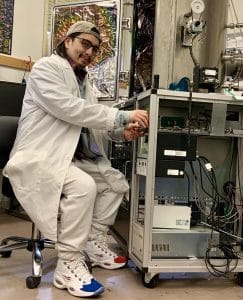
and ecological objectives. She will focus on the human dimensions of mangrove restoration in the Mesoamerican Reef Ecoregion.
Castañeda, who earned his bachelor’s degree at NAU, is a second-year APMS doctoral student. His research investigates the solid-liquid interface of light-activated microswimmers in order to engineer desired motion, collective motion and responsive self-assembly as a function of liquid aqueous, external fields and morphology of microparticles. He co-authored a 2018 publication, “Light-Activated, Multi-Semiconductor Hybrid Microswimmers” in the journal Small.
Chin, a fifth-year undergraduate student from the Bay Area, will start his Ph.D. at Georgia Tech in the fall, where he will research new ferroelectrical materials in energy harvesting applications. His research proposal focused on the characterization of polymer-based micelles toward the synthesis of artificial chlorosomes.
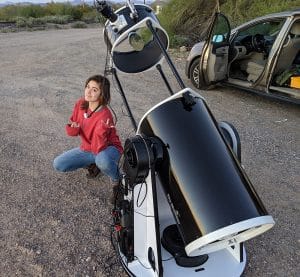
Gialluca, who came to NAU from New Hampshire, also will start a Ph.D. program in the fall. In addition to winning a Goldwater Scholarship, she has worked on modelling on the James Webb Space Telescope, participated in the NSF’s Research Experiences for Undergraduates (REU) at Harvard and worked with Lowell Observatory astronomers to expand its network of meteor camera and create a database of observations.
López-Oquendo, who is from Humacao, Puerto Rico, is in his second year of his Ph.D. His research has been on small bodies’ physical characterization in the solar system, particularly on near-Earth asteroids (NEAs), with the aim of better understanding these asteroids by combining telescopic photometry, spectroscopy, radar and lab experiments.
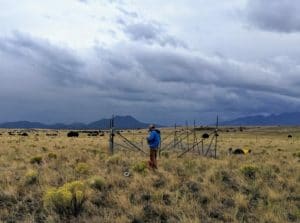
Taber, of Ponca City, Oklahoma, is a second-year master’s student; he will graduate in April and begin a Ph.D. His thesis research is focused on compositional and functional response to disturbance and simulated warming along a burn severity gradient in the Museum Fire site. Overall, he’s interested in understanding plant community response to various ecological drivers.
NAU News will profile these scholars and their research over the course of the year.
